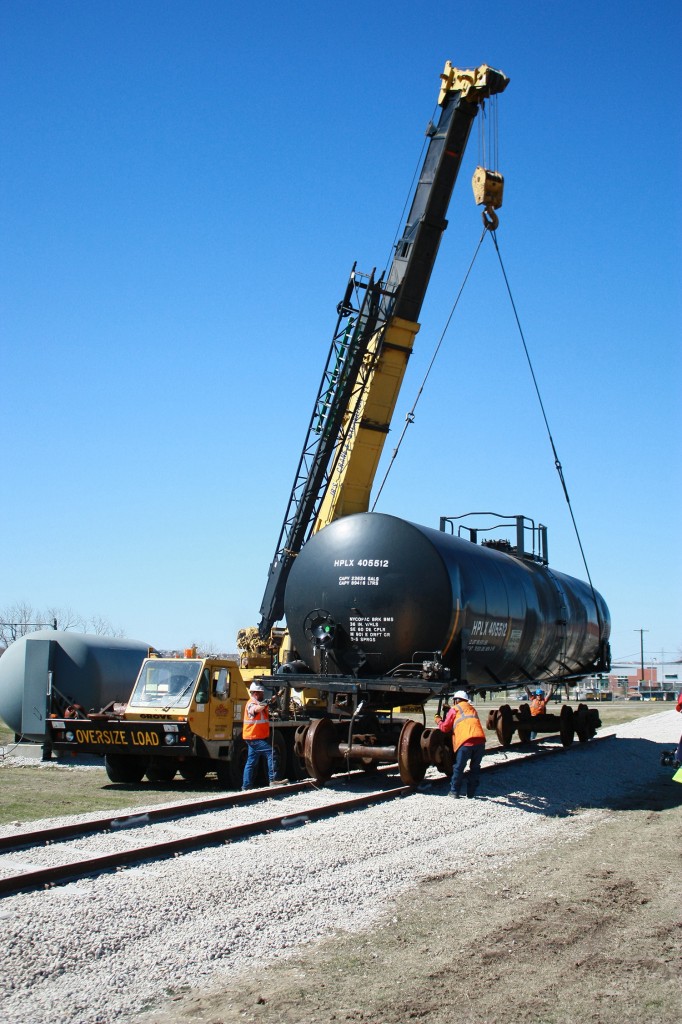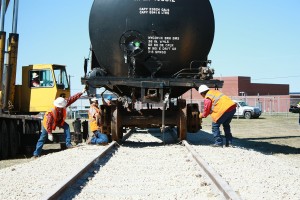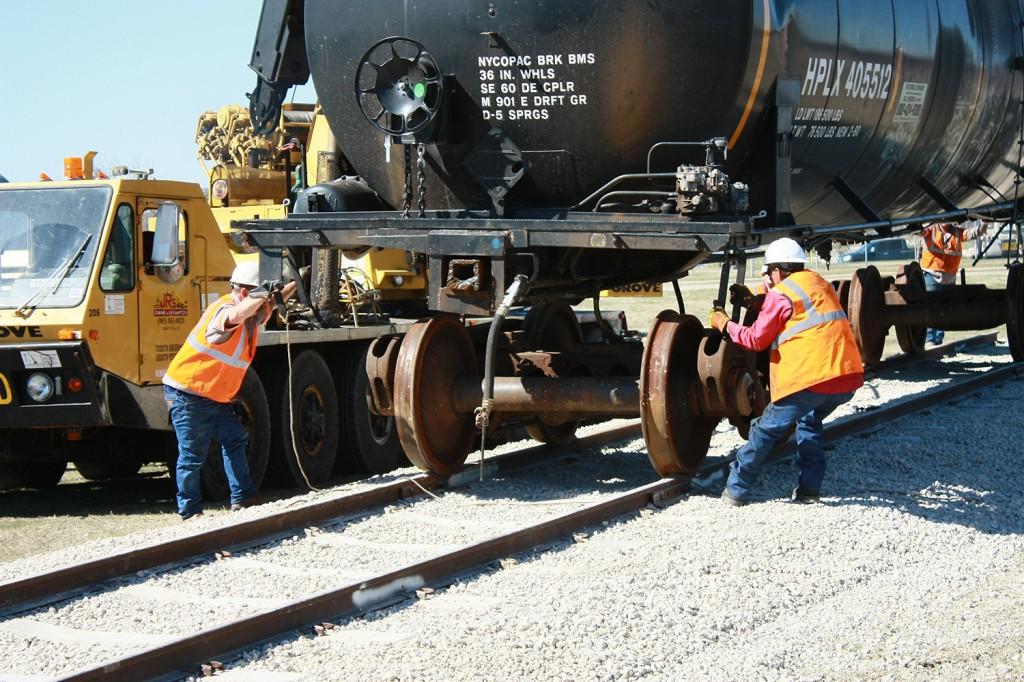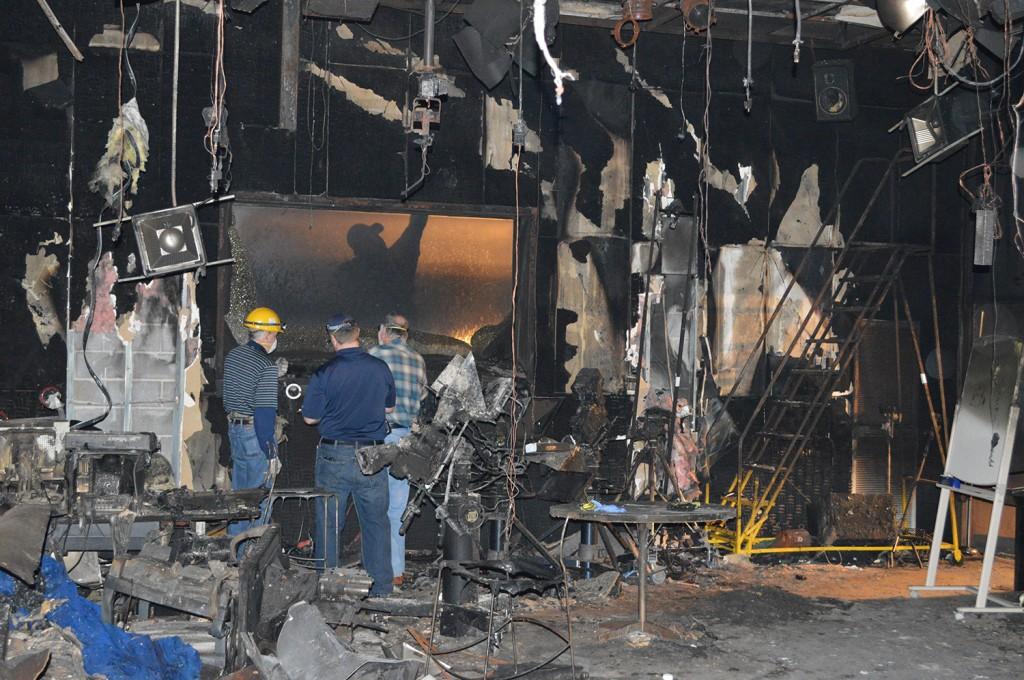By Rhiannon Saegert/nw news editor

Burlington Northern Santa Fe donated a rail car to NW’s fire service training center, bringing the campus closer to becoming a national hazardous materials training center.
“This will be the beginning of a TRANSCAER national training center for people,” fire service training assistant coordinator James Craft said.
TRANSCAER, which stands for Transportation Community Awareness and Emergency Response, is a national volunteer organization focused on teaching workers in different industries how to handle hazardous materials in an emergency.
“TRANSCAER members consist of volunteer representatives from the chemical, manufacturing, transportation, distributor and emergency response industries as well as government agencies,” Craft said. “They provide instructors at no cost. It’s a win-win situation. They provide all of the training at no cost to TCC, and we get the student contact hours reimbursed by the state of Texas.”
The new rail car will be filled with smoke or water during hazmat training to simulate a chemical leak.
Union Pacific plans to donate three other rail cars to NW later this year.
“This is going to take it to a new level,” coordinator of public information services Rita Parson said.
JR’s Crane and Excavation’s superintendent Hubert Clark said he remembers when the first rail cars were brought to NW.

“I helped put all of these here when I worked for another company over 22 years ago,” he said.
The tank car, which weighs about 76,500 pounds when empty, now sits on a short section of track near several others.
“We’re looking at maybe 200 to 300 people using this the first year, then upwards of 500 in the next five years,” Craft said. “That doesn’t include the number of people using the cars for hazmat technician certification class and for our firefighters and for our annual firefighter round-up, so we’re looking at 700 to 800 people a year using that.”




























